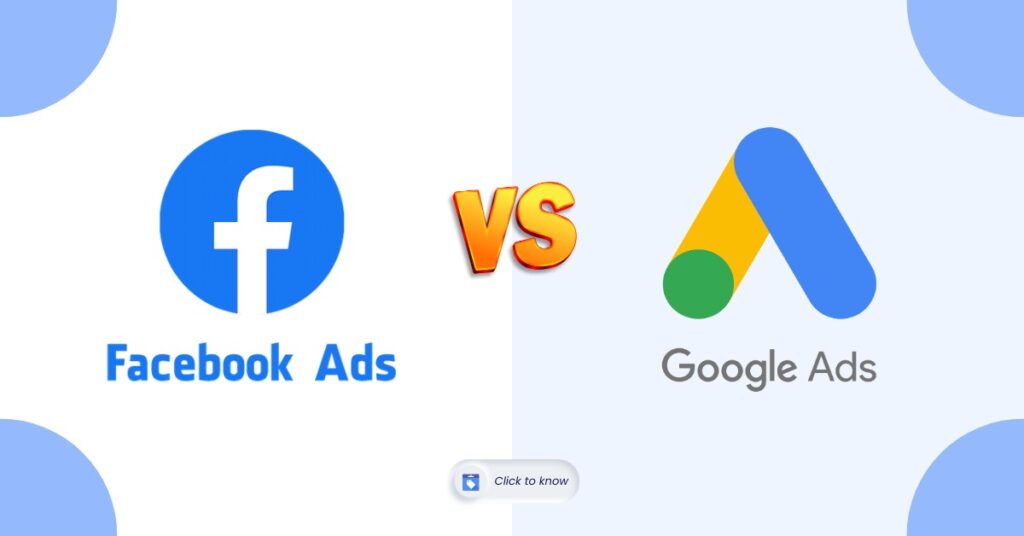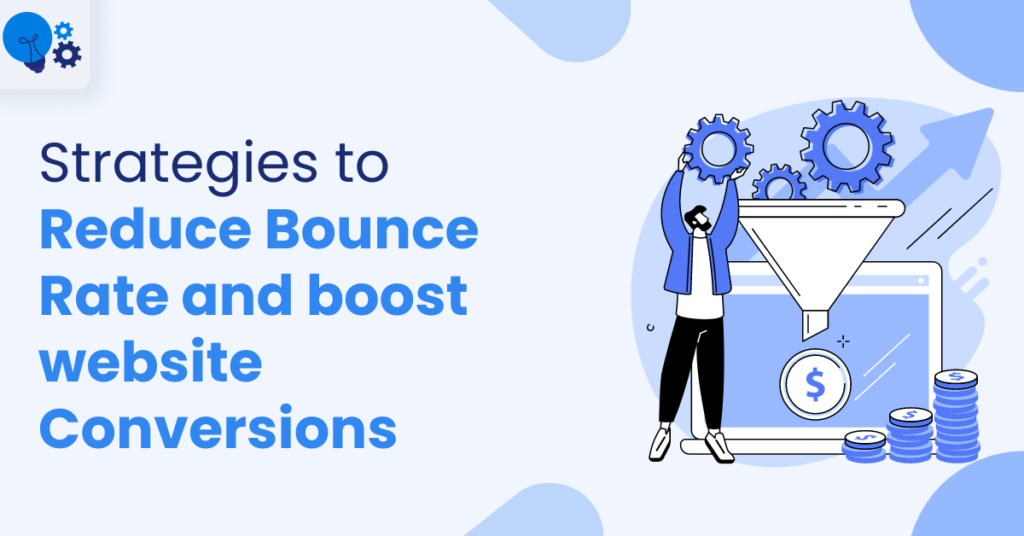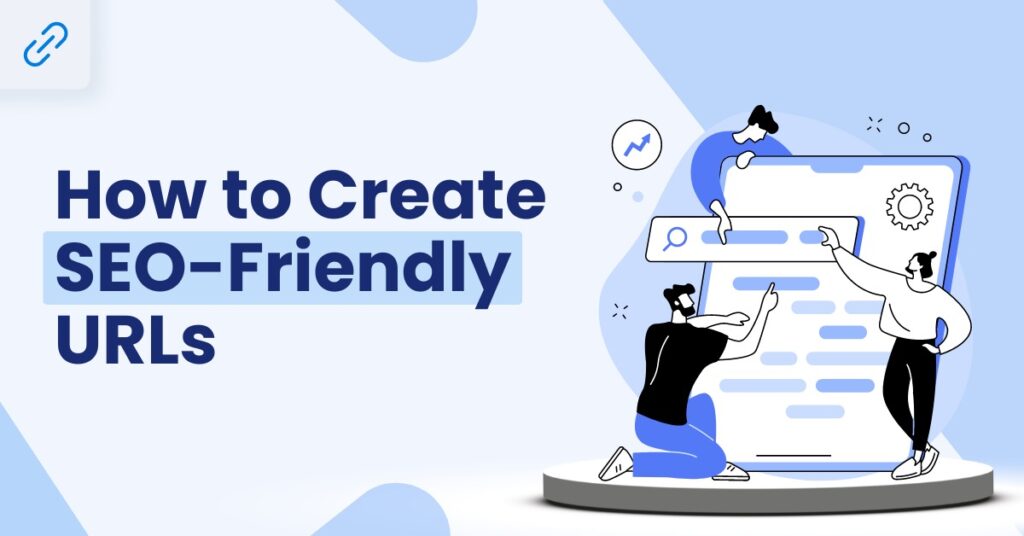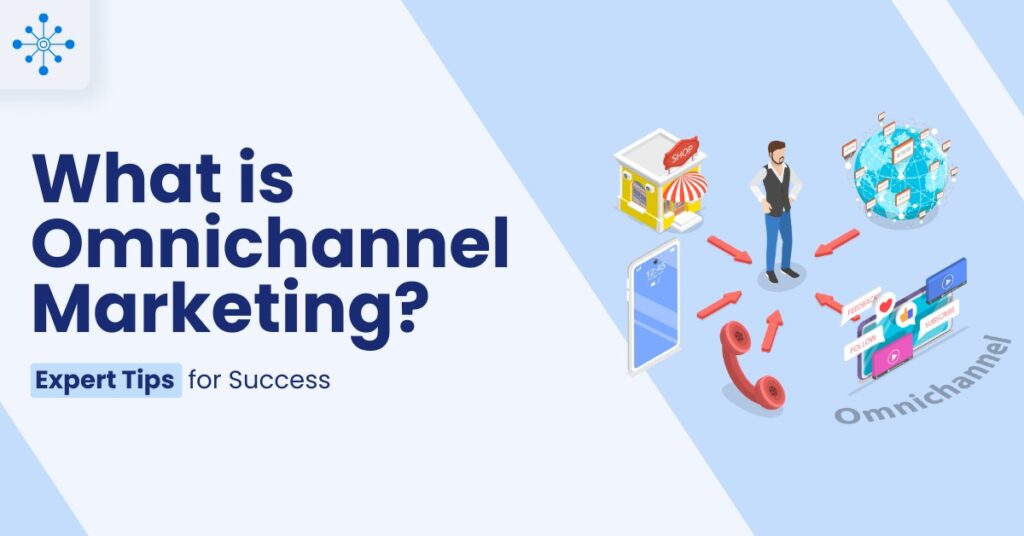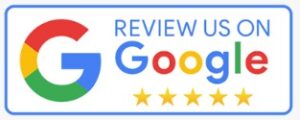As a business owner or decision-maker, the perennial dilemma of allocating your advertising budget persists. Navigating the dynamic intersection of technology and strategy, the choice between Facebook Ads and Google Ads carries profound implications. This blog is meticulously crafted to be your compass, offering practical insights and tangible value as you navigate the complexities of these digital giants.
In the subsequent sections, we will delve into the intricacies, providing not just information but a roadmap for data-driven decisions. Whether your goal is to amplify brand visibility, drive conversions, or optimise your ad spend, this blog is tailored to empower decision-makers with the tools necessary for a successful digital marketing journey.
Understanding Facebook Ads
Facebook Ads offer businesses a versatile platform to connect with potential customers. Here’s a breakdown of its key features:
- Precision Audience Targeting: Facebook stands out for its capability to create custom audiences. By leveraging user data such as demographics, interests, and behaviours, businesses can ensure their ads reach the right people at the right time.
- Engagement and Brand Awareness: With its interactive nature, Facebook is an ideal platform to foster engagement. Brands can design ads that prompt likes, shares, and comments, thereby amplifying brand visibility and creating a ripple effect of organic reach.
- Visual Creativity: A picture is worth a thousand words, and Facebook understands this well. The platform’s robust support for images and videos allows brands to showcase their products or services in compelling ways, resonating with visually-driven audiences.
- Retargeting: Not every visitor converts on their first visit. Facebook’s retargeting options enable brands to re-engage users who’ve shown interest previously, nudging them closer to a purchase or conversion.
- Cost-Effectiveness: In comparison to traditional advertising mediums like TV or radio, Facebook Ads often prove more budget-friendly. By setting precise budgets and optimising ad spend, businesses can achieve a higher return on investment.
Understanding Google Ads
Google Ads, a behemoth in the online advertising space, focuses on capturing user intent.
Here’s what sets it apart:
- Intent-Based Targeting: Google’s strength lies in its ability to tap into user intent. When a user searches for specific keywords related to your business, your ads have the potential to appear, ensuring your message reaches an audience actively seeking your offerings.
- Conversion-Focused: Google Ads is a powerhouse for driving conversions. Whether it’s e-commerce sales or lead generation, the platform connects users with the exact information or solution they’re seeking, streamlining the path to conversion.
- Expansive Reach: Beyond the Google search engine, Google Ads extends its reach across a vast network of partner websites and even YouTube. This broadens advertising horizons, offering diverse touchpoints to engage potential customers.
- Pay-Per-Click (PPC) Model: With Google Ads’ PPC model, businesses pay only when someone clicks on their ad. This ensures that advertising budgets are allocated to users genuinely interested in the product or service, maximising cost-efficiency.
- Remarketing Capabilities: Like Facebook, Google Ads also offers remarketing options. By targeting users who’ve previously visited your website but haven’t converted, brands can reinforce their messaging and enhance conversion rates.
Key Differences: Facebook Ads vs. Google Ads
To make an informed choice between the two platforms, understanding their distinct characteristics is crucial:
- Audience and Intent: While Facebook is ideal for broad brand awareness and engagement, Google Ads shines when it comes to capturing users with explicit search intent.
- Ad Format: Facebook emphasises visual content, making it suitable for brands with visually appealing products or services. In contrast, Google Ads relies on text-based ads, catering to businesses that communicate effectively through written content.
- Cost Structures: Facebook Ads predominantly use a CPC or CPM pricing model, whereas Google Ads operates on a PPC basis. Analysing these cost structures can provide insights into which platform aligns better with your budget and campaign goals.
- Ad Placement: Facebook Ads predominantly appear within the platform and its partner network. In contrast, Google Ads offers placements across search results, the Display Network, and YouTube, providing varied advertising opportunities.
- Analytics and Tracking: Both platforms offer robust tracking and analytics tools. Facebook Ads provides a comprehensive suite of tools, while Google Ads integrates seamlessly with Google Analytics, Tag Manager, and conversion tracking for in-depth campaign analysis.
Choosing the Right Platform for Your Brand
With a nuanced understanding of both Facebook Ads and Google Ads, selecting the right platform boils down to your brand’s specific needs:
- Brand Awareness: If extending brand reach and fostering engagement are your primary goals, Facebook Ads’ targeted approach and interactive features are ideal.
- Sales and Lead Generation: For businesses focusing on e-commerce or lead generation, Google Ads’ intent-based targeting and conversion-driven strategies make it a formidable choice.
- Visual or Text-Based Offerings: Brands with visually appealing products or services might find Facebook’s visual-centric approach more beneficial. Conversely, businesses that rely on conveying information through text can leverage Google Ads’ text-based ad formats effectively.
- Budget Constraints: For businesses operating within tight budgets, Facebook Ads’ cost-effective nature can provide more bang for your buck, allowing for flexible budgeting and optimization.
- Analytics Needs: If data-driven decision-making is your forte, Google Ads’ integration with advanced analytics tools offers unparalleled insights for optimising campaigns and maximising ROI.
- Retargeting Goals: Both platforms excel in retargeting capabilities. Depending on your audience’s behaviour and your retargeting objectives, either platform can be tailored to suit your needs.
In the battle between Facebook Ads and Google Ads, there’s no one-size-fits-all answer. The right platform for your brand hinges on specific goals, target audience, budget, and the nature of your products or services. This blog aims to equip decision-makers with the knowledge to make informed choices, emphasising that an effective advertising strategy often involves a combination of both platforms. Before deciding, carefully analyse your business objectives, and align them with the strengths of each platform. By understanding these nuances, you can maximise the impact of your advertising efforts and achieve your digital marketing goals.
Still puzzled about implementing your ads effectively? Gravitas is here to assist, guiding you through the complexities and fostering your business growth with the right strategies. Connect with us via [email protected] to unlock the full potential for your brand. Let’s make the right choices together and set your business on the path to success with our expertise.
For more updates on the latest advancements in digital marketing, keep reading our blogs.


